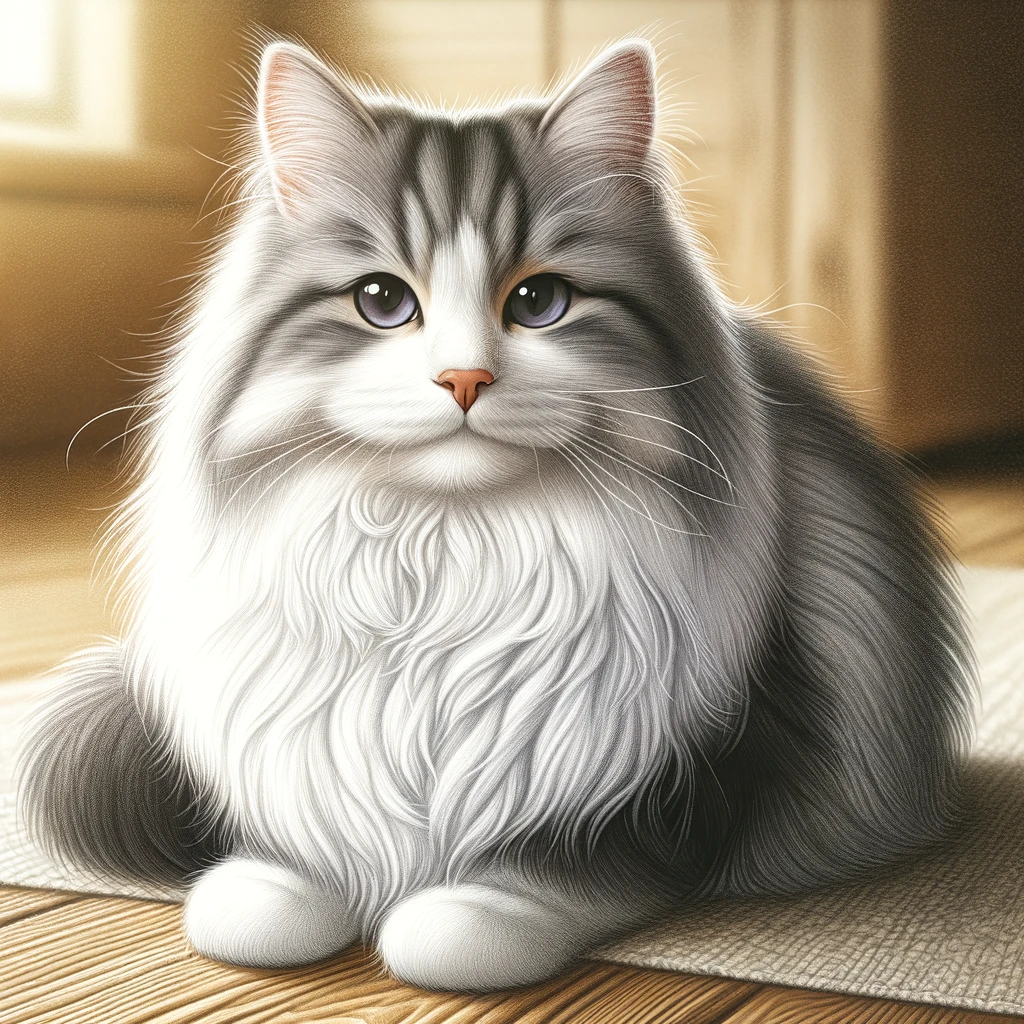Drawing an A4-sized cat may seem like a simple task, but to achieve a stunning and lifelike representation, one must delve into various artistic techniques and considerations. In this comprehensive guide, we will walk you through each step, from initial sketches to final touches, ensuring your drawing:a4z_-ymtkr8= cat captures the essence and beauty of the feline subject.
Understanding the A4 drawing:a4z_-ymtkr8= cat Format
Choosing the Right Materials
When embarking on your A4 cat drawing, it is crucial to select the appropriate materials. A4 paper, measuring 210 x 297 mm, is a versatile size that accommodates various drawing:a4z_-ymtkr8= cat techniques. Opt for high-quality drawing paper with a smooth surface to facilitate detailed work. Pencils ranging from H (hard) to B (soft) are essential for achieving different shading effects. Additionally, having a good eraser and sharpener on hand will aid in refining your work.
Setting Up Your Workspace
Create a comfortable and well-lit workspace to enhance your drawing experience. Ensure your drawing area is free from distractions and has ample lighting to prevent eye strain. A drawing board or easel can provide stability and an optimal angle for your A4 drawing.
Initial Sketching: Capturing the Cat’s Essence
Observing the Cat’s Anatomy
Begin by studying the anatomy of a cat. Pay attention to the structure of the head, body, legs, and tail. Understanding the basic proportions and anatomy will enable you to create a more accurate and realistic drawing.
Drawing Basic Shapes
Start your sketch by lightly drawing:a4z_-ymtkr8= cat basic shapes to outline the cat’s form. Use circles and ovals to represent the head, body, and limbs. This method helps in establishing correct proportions and positioning before adding finer details.
Refining the Sketch
Once the basic shapes are in place, refine your sketch by adding more defined lines. Focus on the cat’s features, including the eyes, nose, and mouth. Ensure that the lines are smooth and proportionate.
Adding Details and Textures
Shading Techniques
To bring your cat drawing to life, employ various shading techniques. Use light and dark pencils to create a range of tones. Begin with light shading to build up layers gradually. Techniques such as cross-hatching and stippling can add texture and depth to your drawing.
Capturing Fur Texture
The texture of a cat’s fur is a critical element in achieving realism. Observe the direction and flow of the fur and replicate it using fine, short strokes. Vary the pressure of your pencil to create different textures and densities.
Enhancing Facial Features
Focus on the facial features to capture the cat’s expression and personality. Pay close attention to the eyes, as they are the focal point of the drawing. Add highlights and shadows to make them appear more lifelike. The nose and mouth should also be detailed to enhance the overall realism.
Final Touches and Refinements
Correcting Mistakes
Review your drawing for any inconsistencies or mistakes. Use an eraser to correct any errors and refine the details. Smooth out any harsh lines or unwanted smudges to ensure a clean and polished appearance.
Adding Background Elements
Consider adding a background to complement your cat drawing. A simple background can enhance the overall composition without detracting from the main subject. Light shading or a subtle gradient can create depth and context for your drawing.
Protecting Your Artwork
Once you are satisfied with your drawing, protect it from smudging and damage. Consider using a fixative spray to preserve the pencil work and ensure longevity. Store your drawing in a protective sleeve or frame it to keep it safe from dust and wear.
Showcasing Your Work
Digital Presentation
In today’s digital age, showcasing your artwork online can reach a broader audience. Scan or photograph your drawing in high resolution to create a digital copy. Use photo editing software to make any final adjustments and enhance the presentation of your artwork.
Sharing with the Community
Share your completed A4 cat drawing with art communities and social media platforms. Engage with other artists and art enthusiasts to gain feedback and appreciation for your work. Participating in art forums and exhibitions can provide valuable exposure and recognition.
Conclusion
Creating a stunning A4 cat drawing involves a combination of technical skills, artistic techniques, and careful attention to detail. By following the steps outlined in this guide, you will be well-equipped to produce a lifelike and captivating representation of a cat. Embrace the creative process, and let your artistic skills shine through in your drawing




